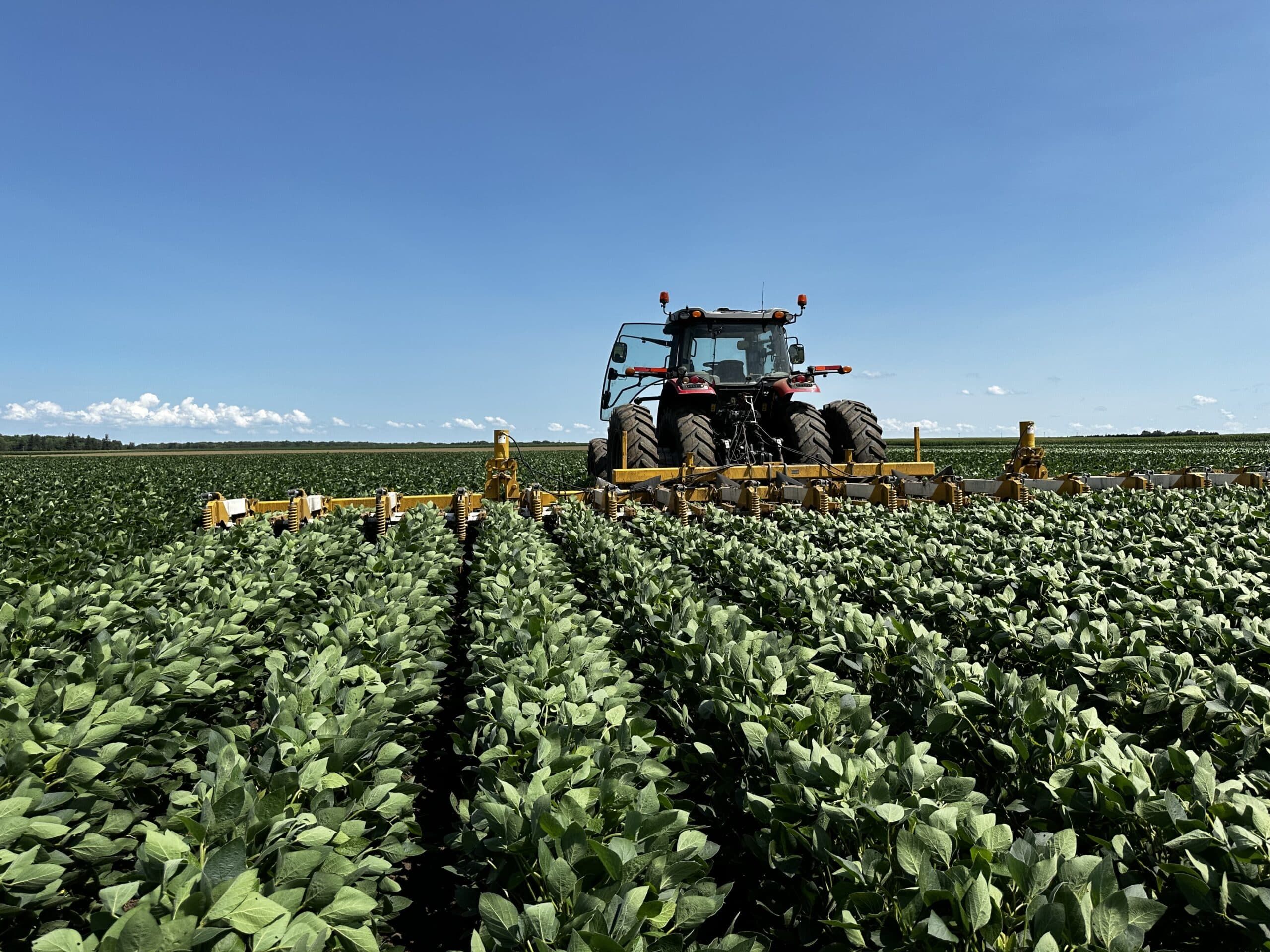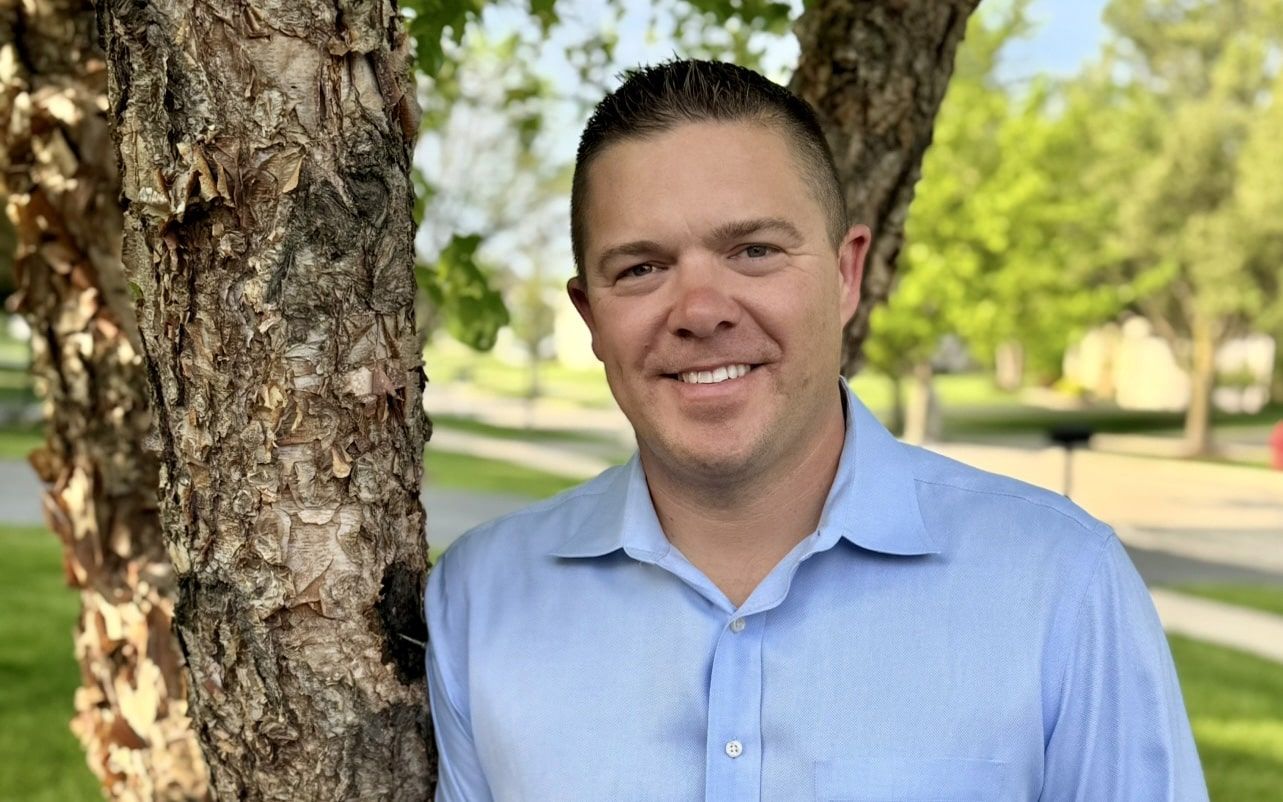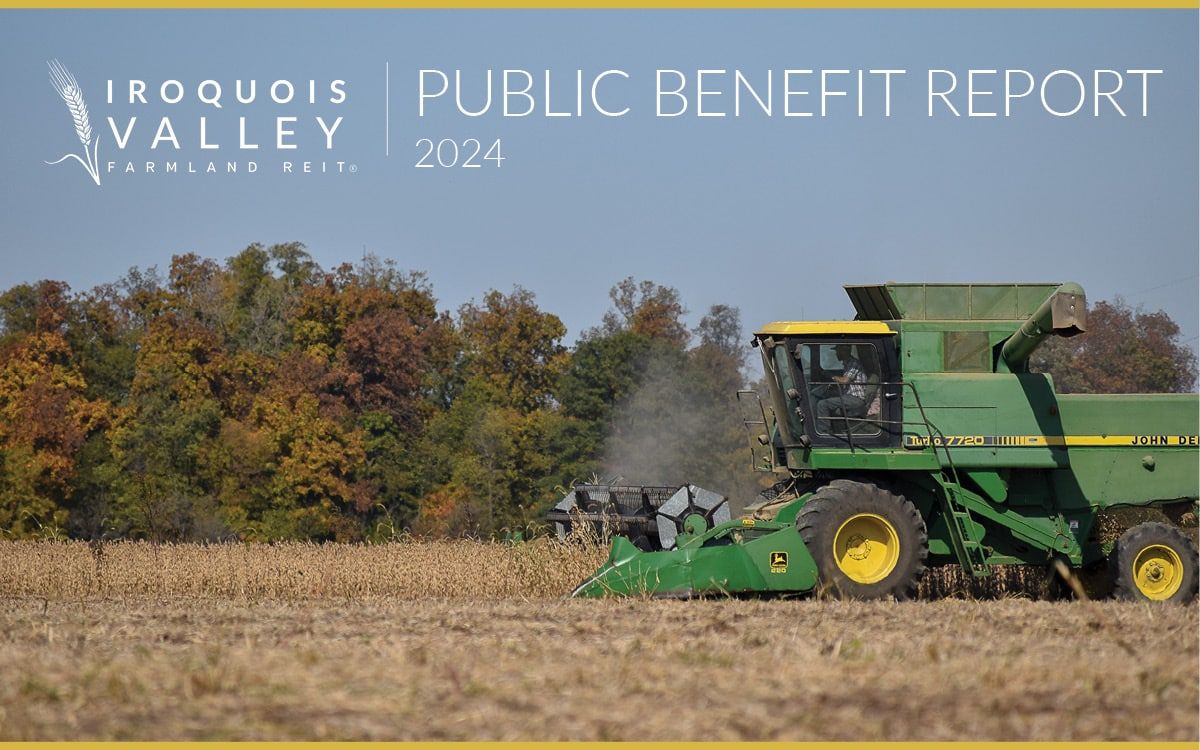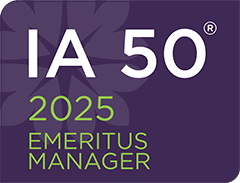BLOG
Financing a Land Back initiative for members of the Mohawk Nation

Indigenous Stewardship at the Berry Farm in Schoharie County, New York
Deep in the Schoharie Valley of New York, a sixty-acre farm is the site of an ancient Mohawk village rich with cultural history. Members of the Mohawk Nation identified the land and united to form a land back effort to acquire the property and return to their ancestral homelands. Iroquois Valley is proud to participate in financing the purchase of the farm and supporting the return of Mohawk people to their homelands. The Berry Farm represents a life-long dream of the Kanien’kehá:ka (Mohawk) people to form a community guided by Kaianere’kó:wa (The Great Peace) in the Mohawk Valley. The Schoharie Valley holds particular importance for the Kanien’kehá:ka people because in the Mohawk language, Schoharie means the place of cleansing or renewal. The area is also known as the Eastern Door of Turtle Island (North America), and the Kanien’kehá:ka are the keepers of the door. The mission of the Waterfall Unity Alliance is “to protect the Schoharie Valley and all Earth, build alliances across movements & cultures, and help create solutions to the existential challenges of our time.” The Berry Farm presents a powerful opportunity to realize this work.
Organizing for Land Back
In 2015, Kanien’kehá:ka leaders from the Akwesasne Reserve formed the Waterfall Unity Alliance to stand against a proposed gas pipeline for fracking that would cross their ancestral territory. Together with the local community, the Alliance successfully campaigned for New York State to deny the pipeline’s construction permit, marking the first defeat of a major federal pipeline.
Since then, Waterfall Unity Alliance has organized around the Mohawk concept of the Longhouse, a powerful symbol among the nations making up the Haudenosaunee (Iroquois) Confederacy. The Longhouse is a gathering place to practice traditional ways; this dream was brought to life through the Berry Farm. There, the Alliance envisions providing housing to community members, offering educational programming including language immersion, growing food, and healing. In their own words, “the Longhouse will be a place of teaching about principles of living in harmony as they were given to our people. As the oldest living democracy in the world, our traditional ways of living in right relationship can help us heal together.”
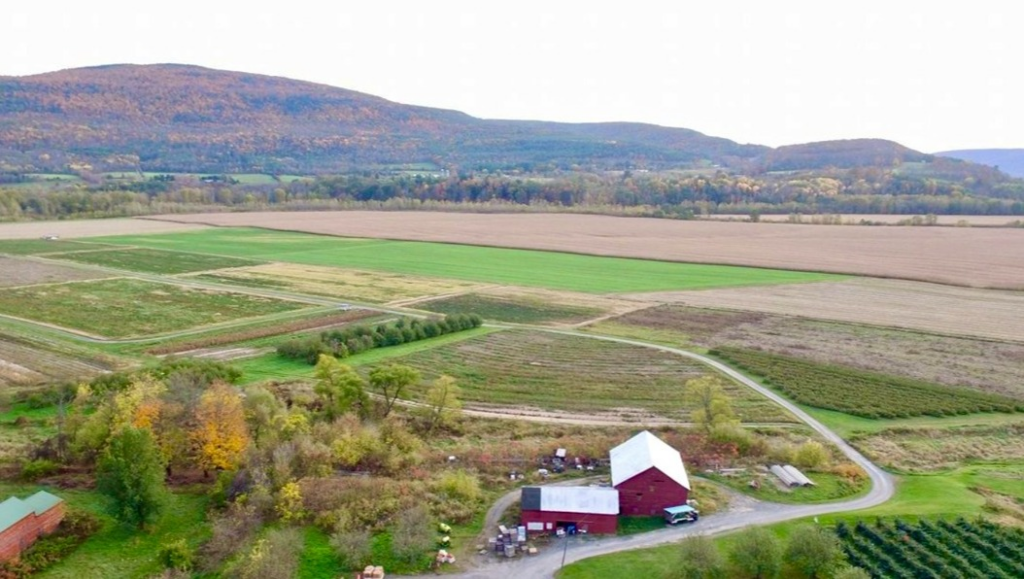
The Berry Farm is 60 acres of land with perennial fruit and berry crops (blackberries, raspberries, blueberries, cherries, apples, and strawberries) and existing orchards. In addition to fruit production, future plans include diversified vegetable and staple crop production. A significant focus of the farm is on traditional food preservation practices and returning the land to indigenous agricultural practices. The farm will be transitioned to organic and regenerative practices by reintroducing native plants, wildlife, and growing traditional food and medicine. This is all part of a long-term vision to create a bioregional forest, water, wildlife, and food sanctuary in the Schoharie Valley under indigenous stewardship, now and for the next seven generations.
For more information about Waterfall Unity Alliance, visit their website here. There is also a GoFundMe fundraiser organized by the Waterfall Unity Alliance to support their capital needs as they transition the Berry Farm to a social enterprise that supports them in their land stewardship.
Environmental Justice
The return of the Kanien’kehá:ka to the Schoharie Valley also supports the important task of environmental justice. The Akwesasne reservation in northern New York is home to the largest PCB dump in America, and the reservation is now designated as a toxic superfund site. As a result of the industrial pollution, these toxic and carcinogenic PCBs have contaminated soils and waterways.
Local species of fish, birds, amphibians, and other mammals have PCB levels that exceed the U.S. Food and Drug Administration’s limits for human consumption. Residents typically cannot eat the local fish and game, and in some places on the reservation, residents have been encouraged to plow under their gardens. High rates of cancer and other chronic illnesses have been reported in the community. Traditional Mohawk land includes parts of Canada, Vermont, and the northeastern part of New York. The Schoharie Valley is some 200 miles south of the Akwesasne reserve and is part of the larger Mohawk Valley which today is made up of Schoharie, Oneida, Otsego, Herkimer, Montgomery, and Fulton counties.
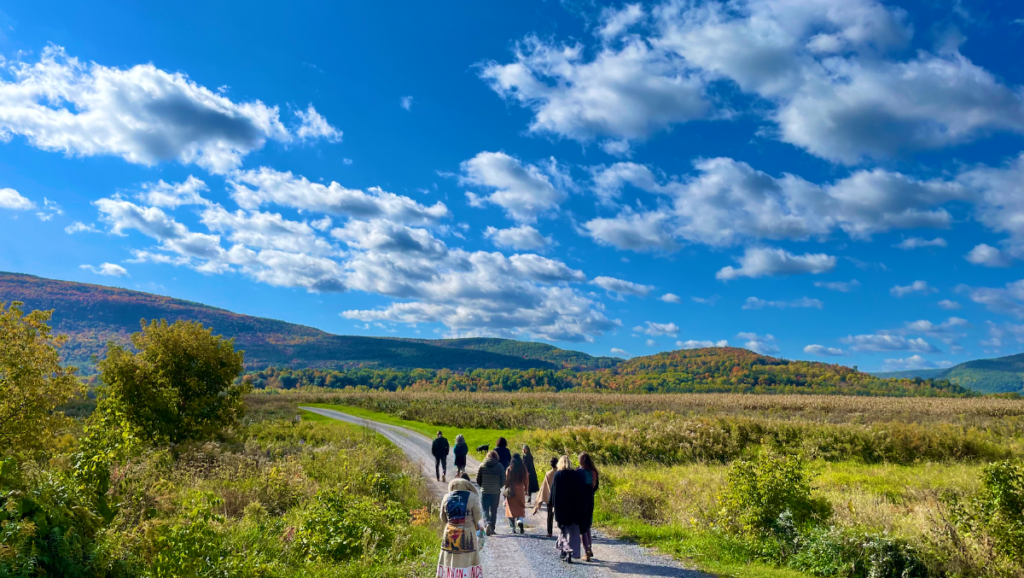
We are honored to support the return of the Kanien’kehá:ka to the Schoharie Valley in the pursuit of environmental justice. “The prophecies all say that to survive, we have to return to original ways,” says Kawenniiosta Jock, an activist and land defender from Akwesasne. “We need to form and nurture communities that will sustain us through the climate tipping point and beyond. We know that there are ways to live in balance. We have not forgotten, but we need to decolonize our minds and ways of life and return to the ways of our ancestors. This is why I want to come with my children back to the Schoharie Valley. It’s time for us to plant the seeds of return.”
Working with the Waterfall Unity Alliance is particularly profound for our organization: although we are named for Iroquois County, IL where we purchased our first farm, our founders have always been inspired by the visionary concept of acting with the seventh generation in mind. The seventh generation concept informs our focus on organic practices that protect and regenerate our natural resources.
For further reading, check out:
- The River Is in Us: Fighting Toxics in a Mohawk Community by Elizabeth Hoover
- Resource Devastation on Native American Lands: Toxic Earth, Poisoned People by Bruce E. Johansen
- Effects of PCB Contamination on the Environment and the Cultural Integrity of the St. Regis Mohawk Tribe in the Mohawk Nation of Akwesasne by Kim Ellen McRae
